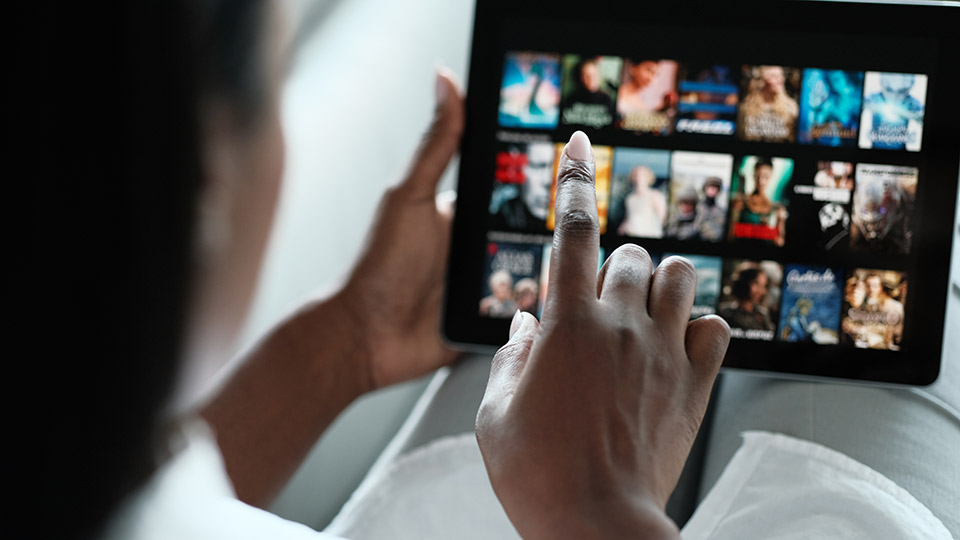
Between 2014 and 2020, cable providers lost nearly 10 million subscribers—and certainly not because people picked up new hobbies or decided to make good on their “move more” New Year’s resolutions.
No, Multichannel Video Programming Distributors (MVPDs) lost a good chunk of those folks to the “new” kids on the block—Streaming Video on Demand (SVOD) providers: Netflix, Hulu, and friends.
In this post, we’ll take a deep dive into exactly why so many people are attracted to MVPD alternatives—and explore how the streaming wars are taking us right back to where we started.
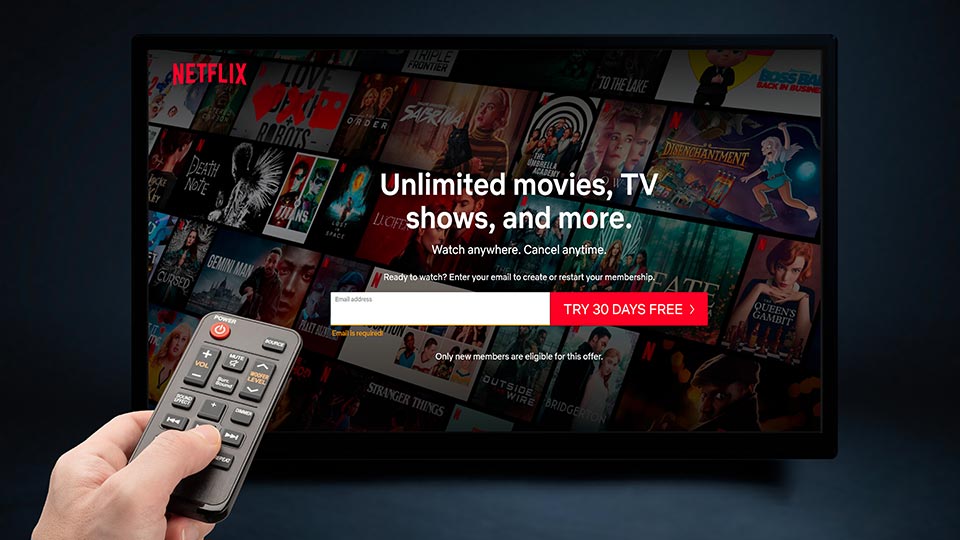
Cord-Cutters: An Origin Story
The year is 2007.
We have no idea the housing bubble is about to burst. Barack Obama has announced his presidential candidacy, gas costs less than three bucks a gallon, and the first generation iPhone has just hit the U.S. market.
And with one widely criticized move, Netflix has changed the media and entertainment industry forever: In addition to their DVD-by-mail service, they would be streaming content straight to subscribers’ PCs.
Today, it’s hard to imagine just how bold that decision was. With Amazon and Walmart nipping at Netflix’s DVD heels, naysayers had been predicting the media company’s demise for years. Plus, the service’s streaming resolution was capital-T terrible, and—believe it or not—the on-demand space was already relatively congested in 2007.
Of course, as we all know, Netflix’s innovation paid off. Long-time cable junkies fed up with bait-and-switch pricing, terrible customer service, iron-clad contracts, and hundreds of “meh” channels, simply stopped complaining and cut the cord.
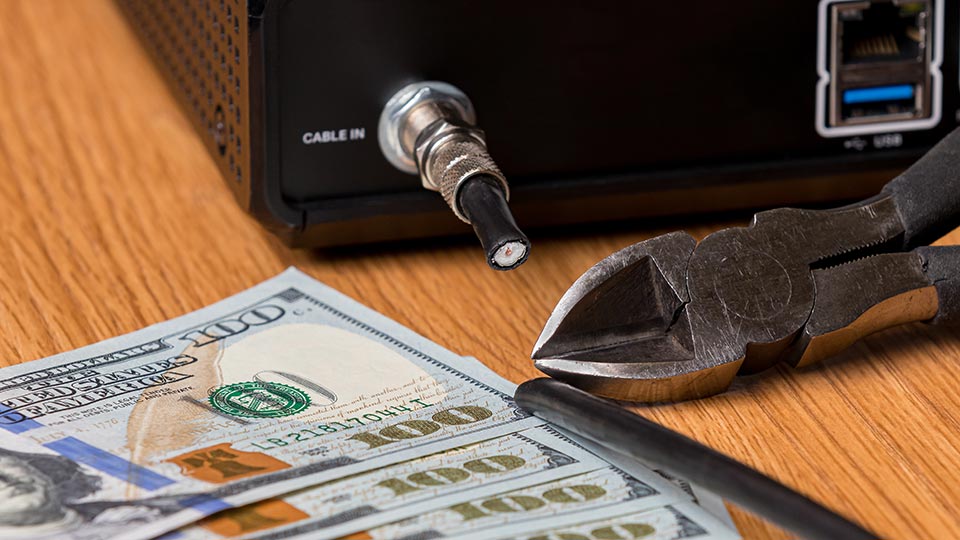
How Netflix Launched An Anti-Cable Movement
One of consumers’ biggest beefs with cable TV is its bloat. That one channel we really, really want is, inevitably, buried inside a package with an unnecessarily enthusiastic name and a whole bunch of channels we don’t want. But because we had few alternative entertainment sources, we put up with it.
Netflix gave us our first truly interesting alternative.
The service was inexpensive, and its catalog and quality improved at a good clip. As Netflix buddied up with more networks to provide more reruns of our favorite shows, binge-watching was born. More than ever, viewers were off the networks and on the internet.
But cable companies weren’t too worried just yet. (No one really thought video would kill the radio star either.) On the contrary, media execs were thrilled by the binge. With entire seasons of reruns available for on-demand viewing, current seasons of shows became more in-demand. So while Netflix, and then Hulu, was gaining subscribers, networks still had plenty of viewers. Win-win.
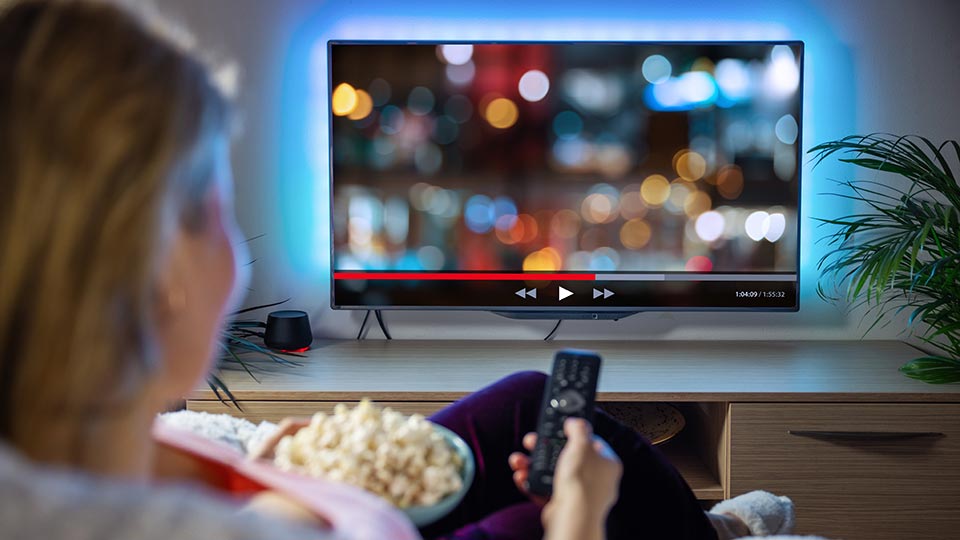
Still, Netflix knew it was only a matter of time before networks spun up their own streaming services. So, in 2013, the service innovated again, entering the original content creation space with House of Cards.
Although on-demand and live TV competitor Hulu had been in the original content game a couple of years prior, Netflix flexed its muscles (and dollars) to produce more and better shows, faster. Then Amazon Prime Video entered the original content market. Add to that HBO Max (formerly HBO Now), Apple TV+, YouTube Premium, Disney+, Peacock, and more, and we’ve got ourselves a lot of alternatives.
In fact, while cord-cutters like to humble brag about how they “don’t watch TV,” the truth is when they quit cable they just plugged in elsewhere.
And these days, “elsewhere” feels a lot like… cable.
Five Ways Streaming Services Are Like Cable — But Somehow Even More Irritating
While having a cable alternative was nice, having a boatload of them has proven the opposite. Here’s how.
#1 Like cable, we have to subscribe to a specific “network” to see its content.
I know that seems reasonable, but streaming wasn’t always like that. For example, in the not-too-distant past, we could watch Marvel shows on Netflix. But when Disney+ launched, it naturally pulled that content to its own subscription.
Also, every streaming service has its must-watch show. Personally, I “have” to keep Amazon Prime because of The Marvelous Mrs. Maisel, Apple TV+ because of Severance (holy moly!), Netflix because of Stranger Things, and… well… DIRECTV STREAM because how else is my spouse supposed to get regional sports coverage? Paying for multiple subscriptions and navigating multiple apps is frustrating, and nearly 50% of streaming consumers agree.
For creators, exclusivity isn’t just annoying; it’s expensive. As shows get spread across more and more platforms, consumers are less likely to ante up for new subscriptions and are more likely to pirate the content.
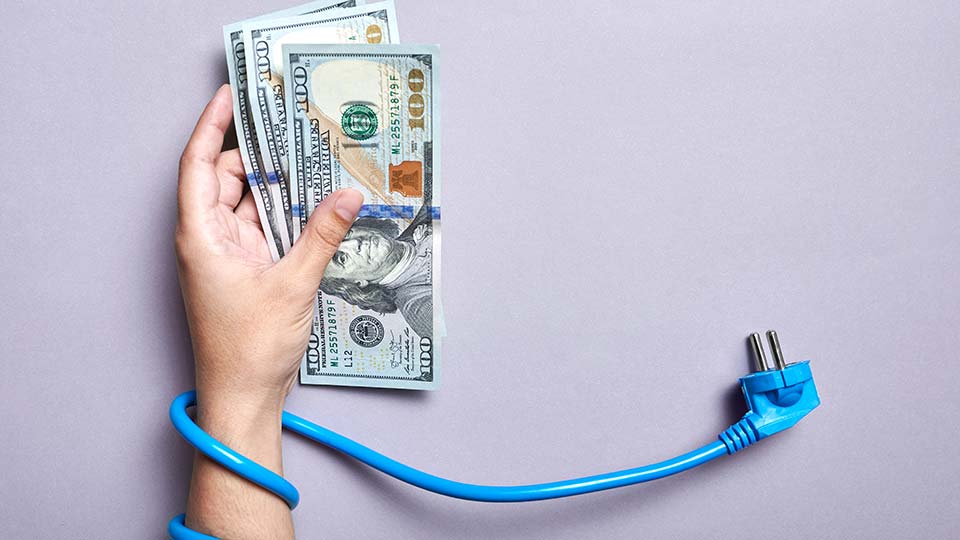
#2 Like cable, streaming services are pricey.
Admittedly, even a combination of streaming services isn’t quite as expensive as most cable providers or virtual MVPDs like DIRECTV STREAM or YouTube TV.
But pricing for streaming services is trending up because there’s more competition for eyeballs. To gain more market share, SVODs have to produce more-better content. And that’s expensive.
Plus, for Netflix, at least, prices are increasing to make up for slowed subscriber growth. (That password you’re sharing with your sister isn’t helping, either.)
#3 Like cable, streaming services are advertising to us.
Of course, consumers do have an option for less-expensive streaming—and it’s another cable hold-out. Advertising.
Ad-supported services are everywhere. Even Netflix is jumping into the deep end of the advertising pool. With all these “free” streaming subscriptions and OTA networks, you can effectively watch any show, anytime, but you have to sit through ads. No skips. No fast forward.
And let me tell you: Nothing can ruin my Rick & Morty binge quite like a poorly timed commercial. Aww jeez, man.
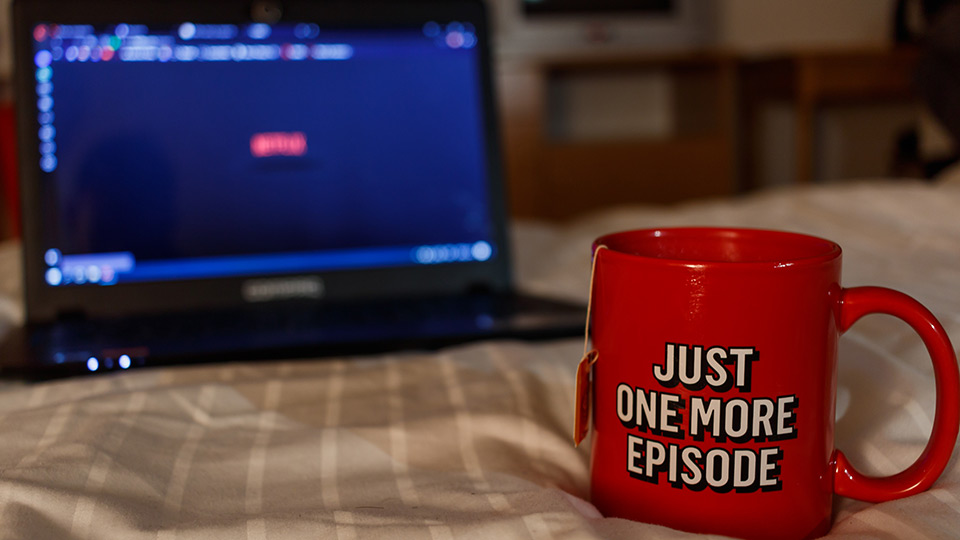
#4 Like cable, streaming services are trying to lock us in.
One major benefit of streaming services is the lack of multi-year contracts. Unlike cable, if Hulu hikes its prices next month, we’re free to say farewell (and we don’t have to argue with a customer service rep to do it).
Unless, of course, we opt for the year-long subscription many SVODs are now offering to stave off monthly churn. It’s sort of like… a contract.
For those who stick to their monthly-only guns, Hulu and the like have another trick up their sleeve: The cliffhanger.
Unlike the good old days of binge-o-ramas, many streaming TV shows are reverting back to week-to-week releases. Why? Because if we watch every episode of The Great British Baking Show over a weekend, we don’t have to stay subscribed. But if the episodes are dripped out over 12 weeks, we’re on the hook for three months of service.
#5 Like cable, streaming services are moving toward bundling.
On the one hand, streaming consolidation feels good: It means fewer bills to manage and makes individual services more affordable. For instance, the Disney bundle—Disney+, Hulu (no ads), and ESPN+—is just $19.99/month. When purchased separately, those services total nearly $30.
On the other hand, when media industry giants join forces (and revenue), more niche content creators may get pushed to the sidelines. Or worse: We could see less content overall. Loyola Marymount Associate Professor of Entertainment Finance, David Offenberg, shared this sobering observation with The Observer’s Brandon Katz: “Existing companies will be producing less content in a mature industry with established competitors, and you can expect production will fall by half industry-wide. So enjoy it, folks, it’s all downhill from here.”
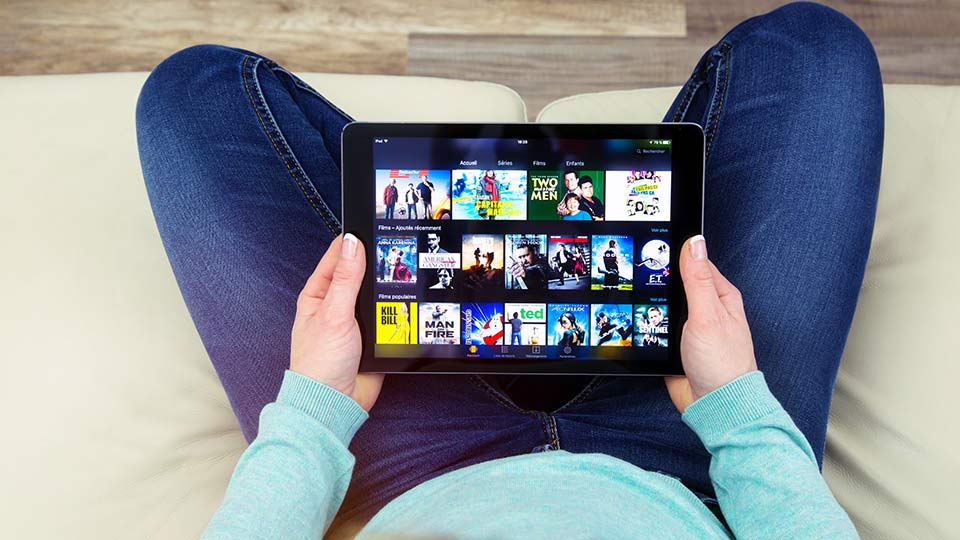
The Great Rebundling Is A Bummer
Around and ‘round we go, coming full circle back to the cable TV problems we thought streaming would solve. And, depending on who you ask, it was pretty predictable.
In 2017, Forbes contributor Brad Adgate declared “the future of television is a la carte.” Three years later, another Forbes contributor, Alan Wolk, dissented: “The great rebundling is about to happen.”
Yes, Mr. Wolk, it sure did happen. If we’re lucky, though, streaming consolidation will benefit consumers without crushing creators.
We’ll have to wait until next season to know for sure.
